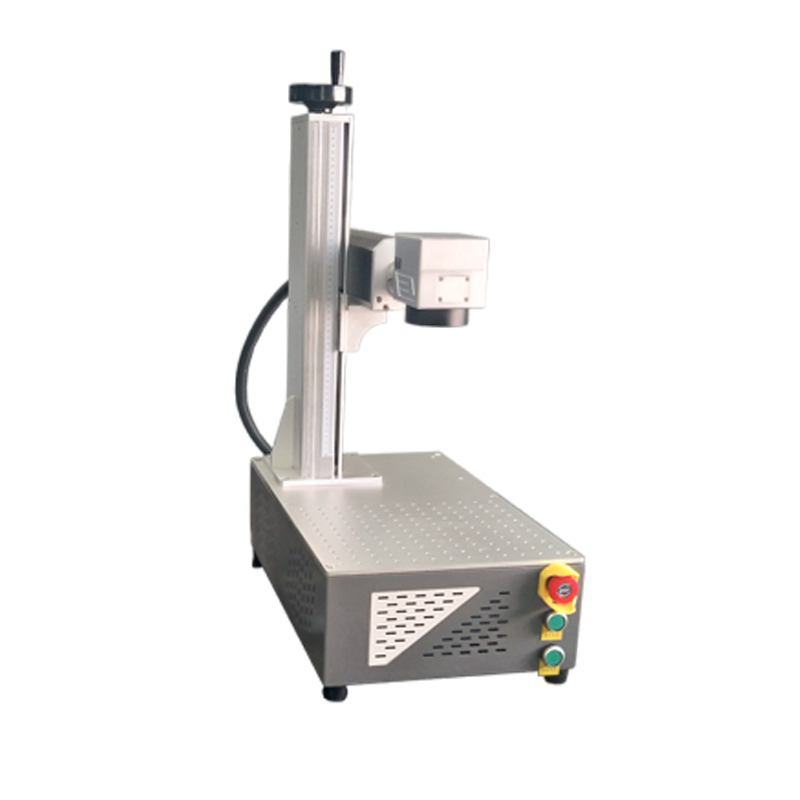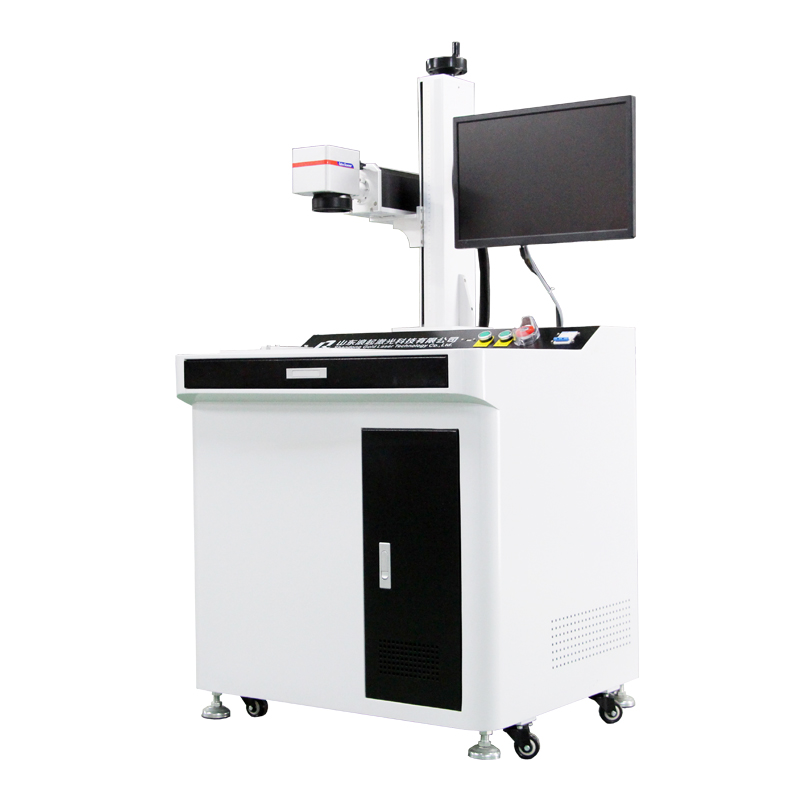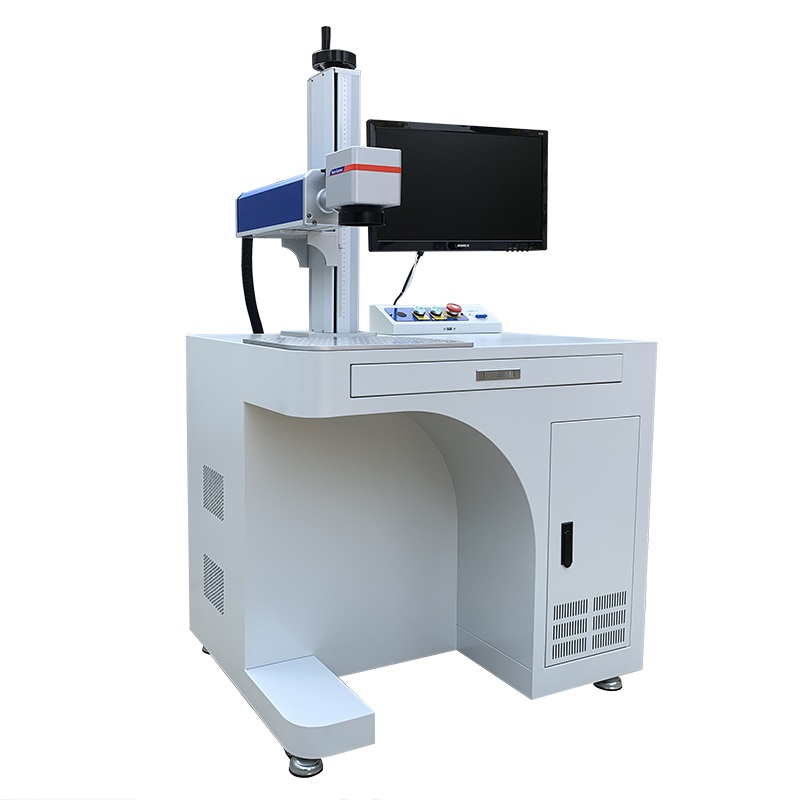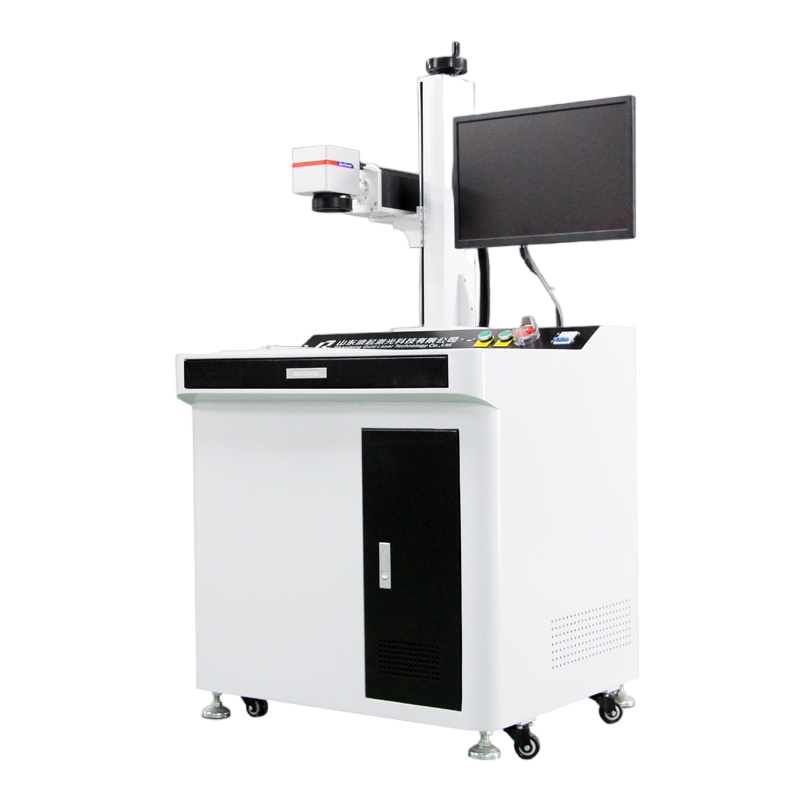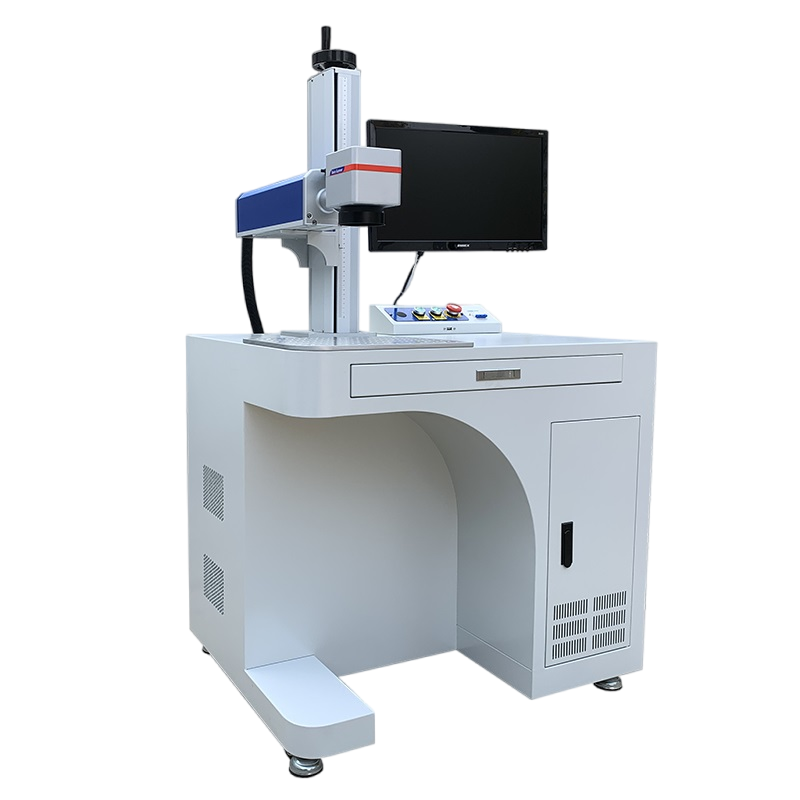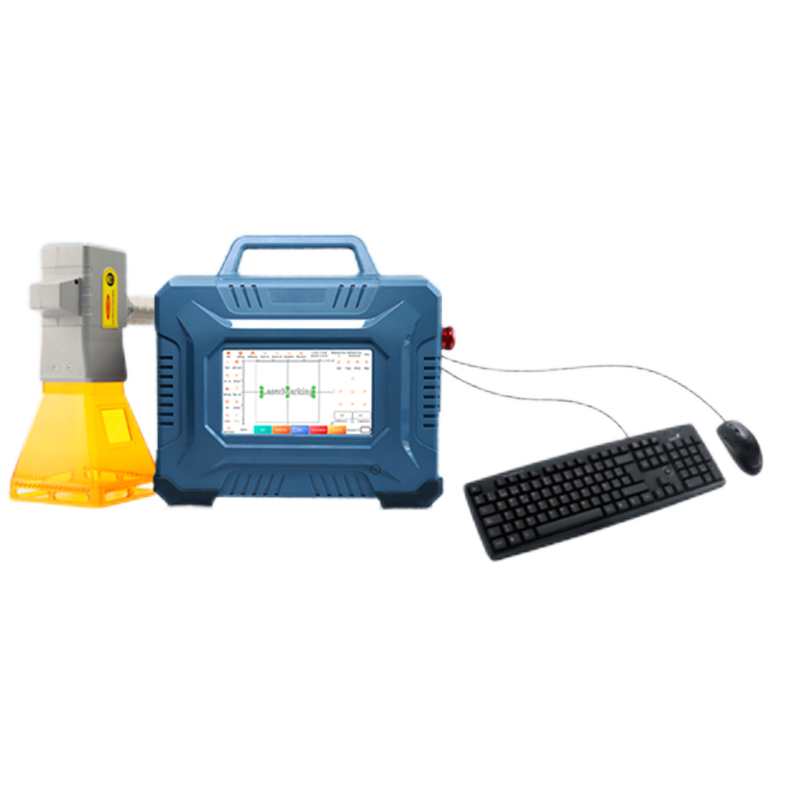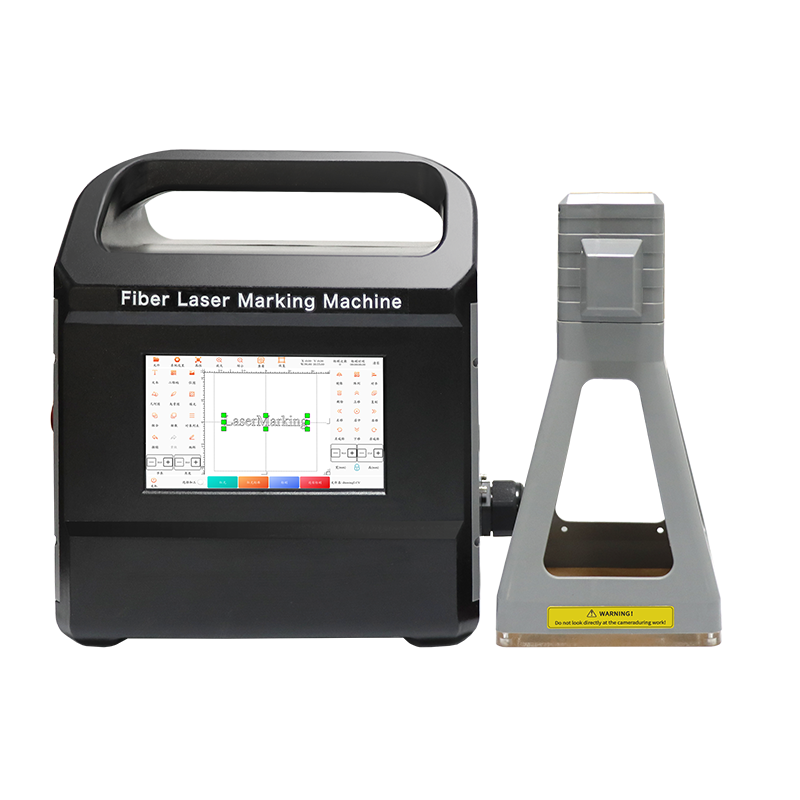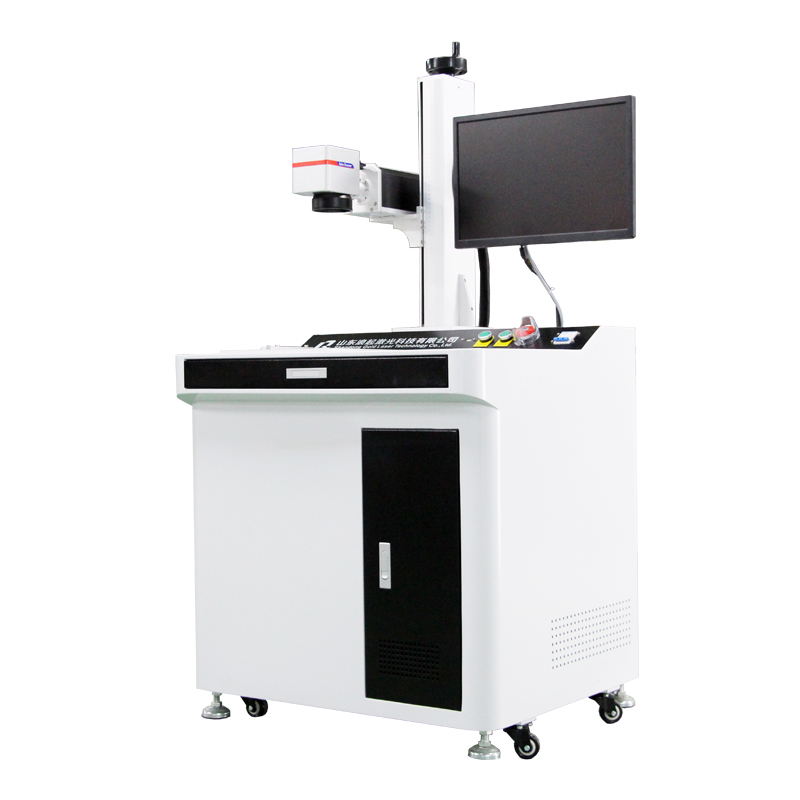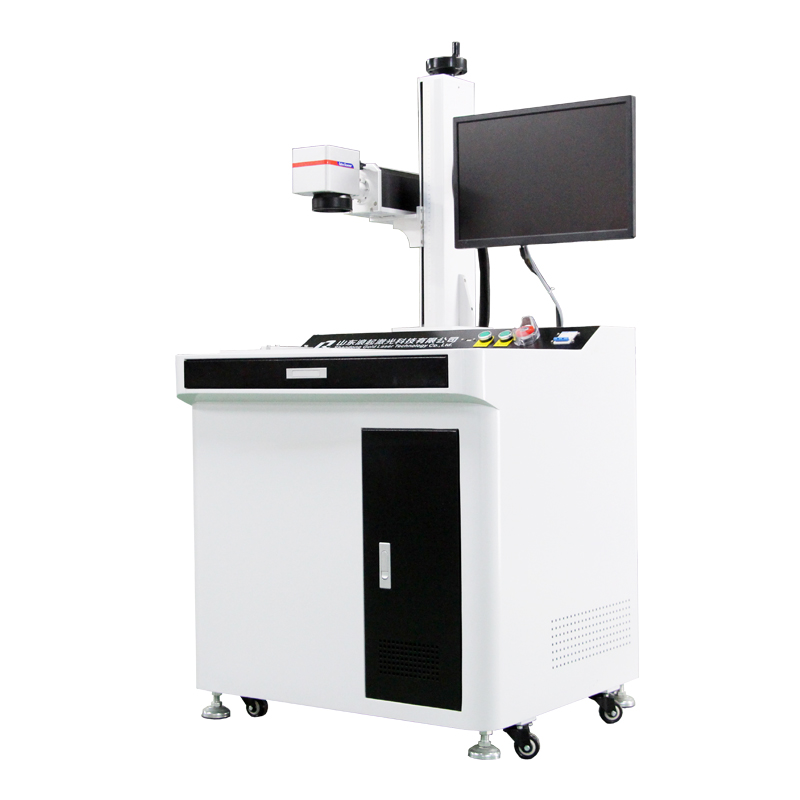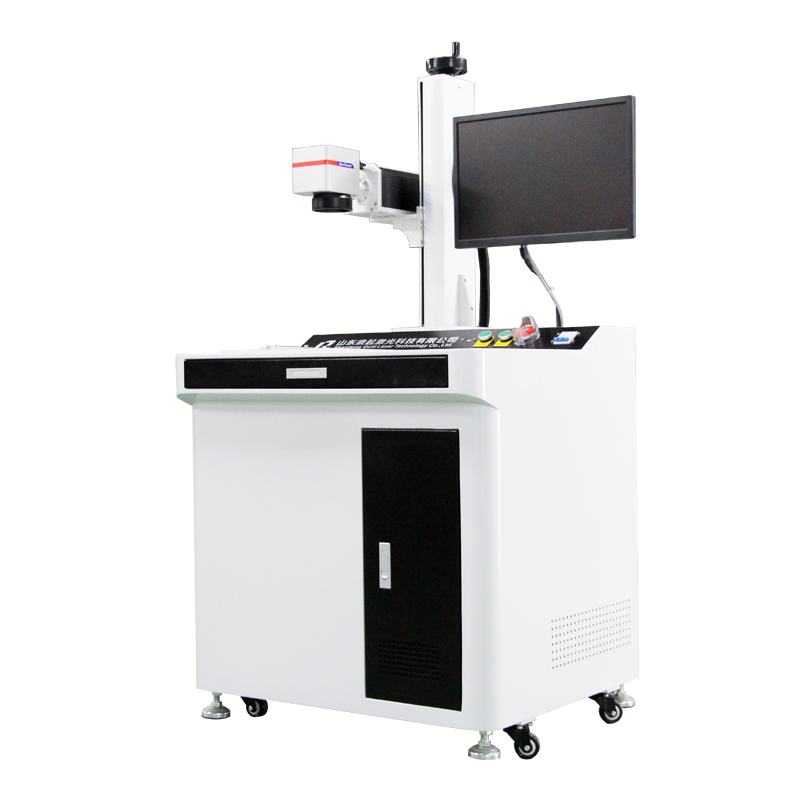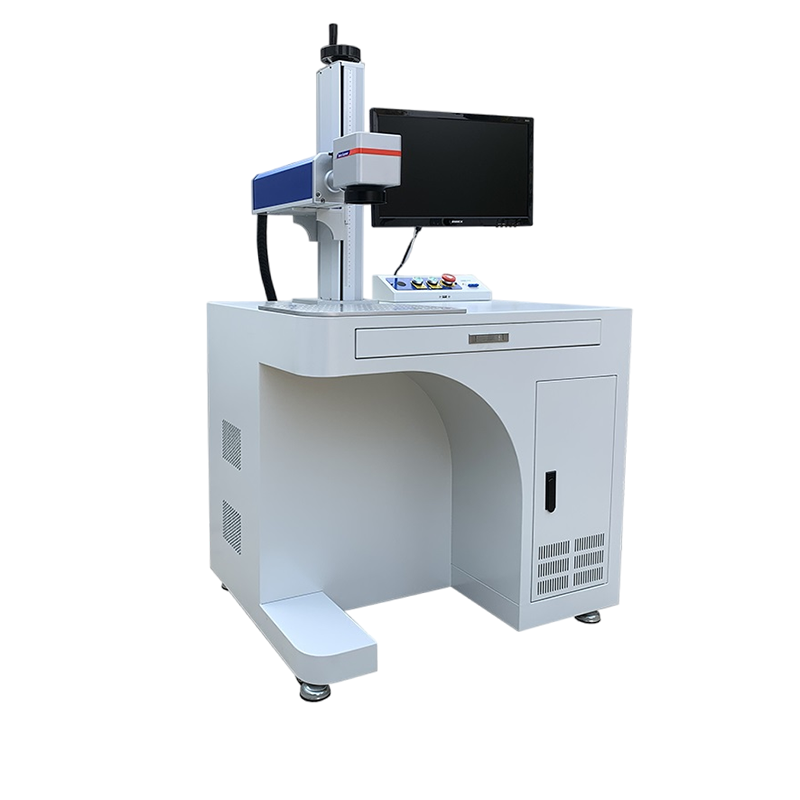Fiber laser marking machines are widely used in the jewelry industry for engraving and marking precious metals (gold, silver, platinum), stainless steel, titanium, and other materials with high precision. Here’s a detailed guide on how fiber lasers are used for jewelry marking:
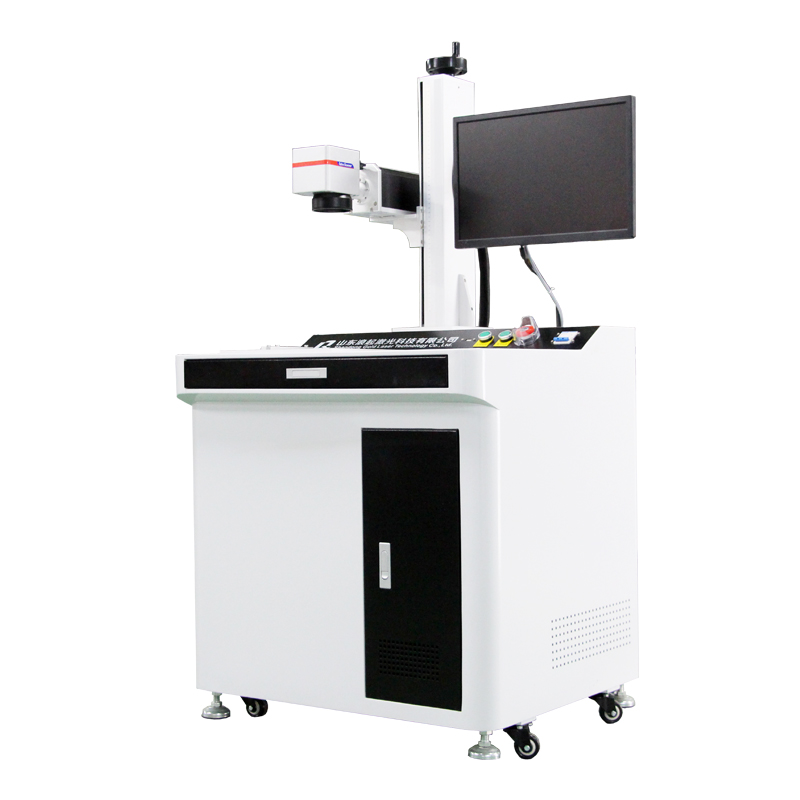
1. Applications in Jewelry Marking
Personalization: Engraving names, dates, or messages.
Branding: Adding logos, trademarks, or hallmarks.
Security: Unique serial numbers, QR codes, or barcodes.
Decorative Patterns: Fine designs, textures, or artistic engravings.
2. Advantages of Fiber Lasers for Jewelry
✔ High Precision: Creates fine details (up to microns) without damaging delicate pieces.
✔ Non-Contact Process: No physical force, reducing the risk of deformation.
✔ Durability: Marks are permanent and resistant to wear, tarnish, or fading.
✔ Speed: Fast processing (seconds per piece), ideal for mass production.
✔ Versatility: Works on metals, coated surfaces, and some plastics (e.g., jewelry boxes).
3. Suitable Materials
Metals: Gold, silver, platinum, stainless steel, titanium, tungsten.
Plated/Coated Jewelry: Requires adjusted settings to avoid burning the coating.
Non-Metallic: Some plastics or ceramics (limited; CO₂ lasers may be better).
Note: Fiber lasers cannot mark pure copper or aluminum effectively due to their high reflectivity.
4. Common Jewelry Marking Techniques
Annealing Marking: Heat-induced color changes (dark/light marks) on metals like gold or titanium.
Deep Engraving: Removing material to create tactile engravings (e.g., serial numbers).
Surface Etching: Light marks for logos or decorative patterns.
Black/White Marking: Adjusting laser settings to create high-contrast finishes.
5. Machine Selection Tips
Laser Power: 20W–50W is sufficient for most jewelry (higher power for deeper marks).
Galvo Speed: High-speed galvo systems ensure fine detail on small pieces.
Software: User-friendly interfaces (EZCAD, LightBurn) for designing intricate patterns.
Rotary Attachment: For engraving rings or cylindrical pieces.
6. Best Practices
Test Settings: Optimize power, speed, and frequency on scrap material first.
Focus the Beam: Ensure the laser is properly focused for sharp marks.
Clean Jewelry: Remove oils or residues before marking.
Use Protective Gas: Nitrogen/argon can reduce oxidation on precious metals.
7. Limitations
Reflective Metals: May require specialized settings or anti-reflective coatings.
Organic Gems: Fiber lasers can damage stones like pearls or opals (use with caution).
Conclusion
Fiber laser marking machines are ideal for jewelry due to their precision, speed, and versatility. They’re perfect for custom engravings, branding, and security markings while maintaining the integrity of delicate pieces.
Would you like recommendations for specific jewelry laser machines or troubleshooting tips?

